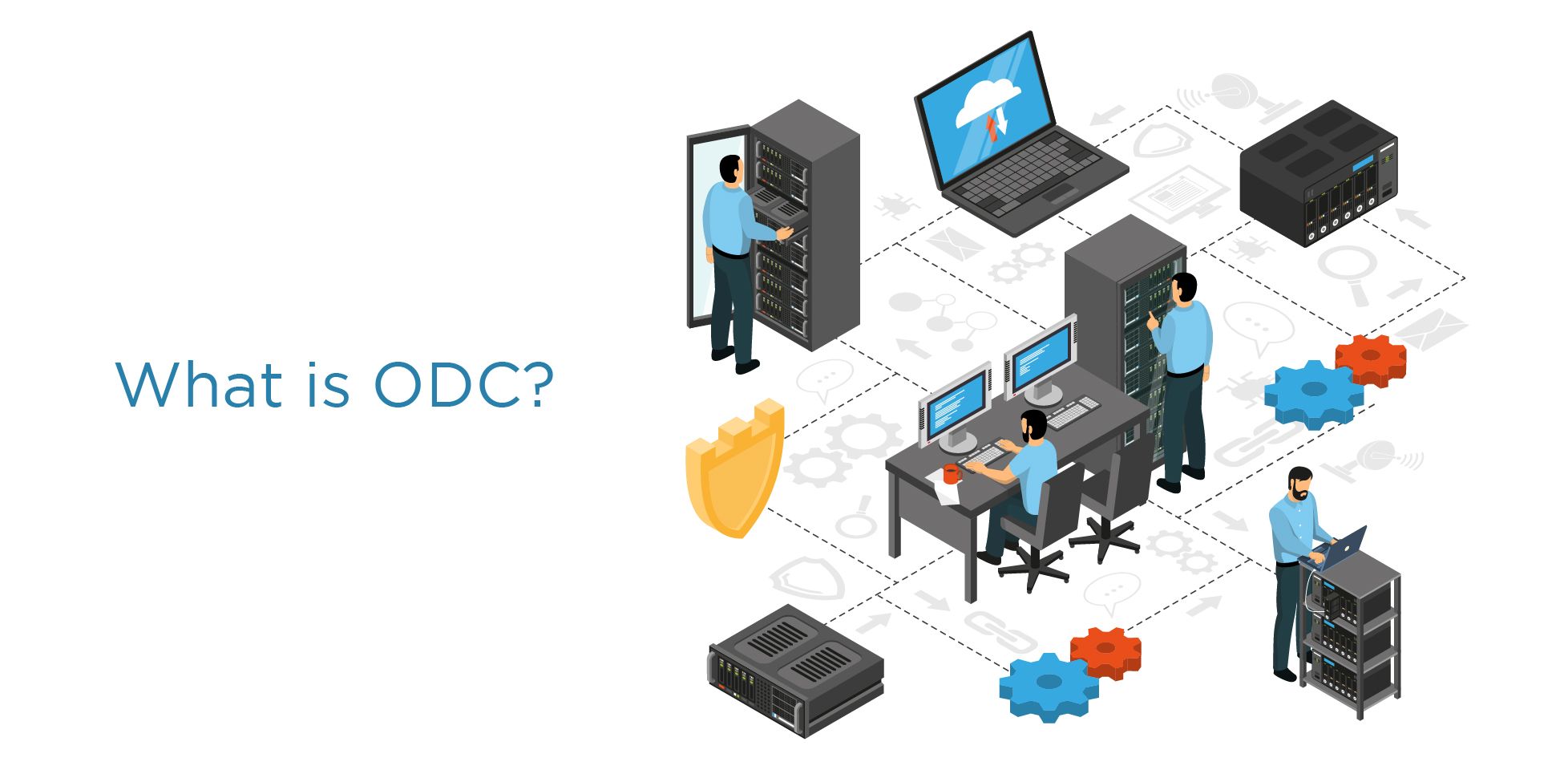ODC in software takes center stage, ushering in a new era of improved collaboration and efficiency in software development. As we delve into the world of ODC, we uncover its significance and impact on modern software projects.
Exploring the benefits, challenges, and implementation strategies, this topic sheds light on the key aspects of ODC in software development.
Overview of ODC in Software

In the realm of software development, Offshore Development Centers (ODCs) play a crucial role in facilitating collaboration, innovation, and efficiency. ODCs are dedicated units established by companies to handle outsourced software projects, often located in a different country or region.
Importance of ODC in Software Industry
ODCs are vital in the software industry for several reasons:
- Cost-Effectiveness: ODCs allow companies to leverage the cost advantages of outsourcing without compromising on quality.
- Access to Skilled Talent: ODCs provide access to a diverse pool of skilled professionals, enabling companies to tap into specialized expertise.
- Flexibility and Scalability: ODCs offer flexibility in resource allocation and scalability, allowing companies to adjust team sizes based on project requirements.
- Risk Mitigation: By partnering with ODCs, companies can mitigate risks associated with project delays, resource shortages, or skill gaps.
Examples of ODC Utilization in Software Projects
Companies across various industries utilize ODCs for software projects, such as:
- Developing custom software solutions tailored to specific business needs.
- Testing and quality assurance to ensure software performance and reliability.
- 24/7 support and maintenance services to address issues and enhance software functionality.
- Innovation and research to stay ahead of market trends and technological advancements.
Benefits of ODC in Software

Using an Offshore Development Center (ODC) in software development offers numerous advantages that can greatly benefit a project. From improved collaboration among teams to enhanced project management efficiency, ODC can play a crucial role in the success of software development projects.
Improved Collaboration Among Teams
One of the key benefits of ODC in software development is the facilitation of better collaboration among teams. By having a dedicated team working on the project in a centralized location, communication and coordination become more streamlined. This helps in ensuring that all team members are on the same page, leading to increased productivity and faster problem-solving.
Enhanced Project Management Efficiency
ODC can also significantly enhance project management efficiency. With a dedicated team working exclusively on the project, project managers can closely monitor progress, track milestones, and address any issues promptly. This level of oversight and control helps in ensuring that the project stays on track, meets deadlines, and delivers high-quality results.
Implementation of ODC in Software Development
Implementing Offshore Development Centers (ODC) in software projects involves several key steps to ensure the success of the model. Setting up an ODC environment for software development requires careful planning and execution, while integrating ODC into the software development lifecycle involves following best practices to maximize its benefits.
Steps in Implementing ODC in Software Projects
- Define project goals and requirements clearly to ensure alignment with the ODC team.
- Select a suitable offshore location based on factors like time zone compatibility, language proficiency, and cost-effectiveness.
- Establish communication channels and tools to facilitate seamless collaboration between the onshore and offshore teams.
- Set up a dedicated ODC team with the required skills and expertise to handle the software development tasks efficiently.
- Implement robust project management practices to monitor progress, track deliverables, and ensure quality control.
Setting Up an ODC Environment for Software Development
- Provide necessary infrastructure and resources like hardware, software, and development tools to the ODC team.
- Ensure data security and compliance with relevant regulations by implementing strict access controls and confidentiality measures.
- Establish a work culture that promotes collaboration, innovation, and knowledge sharing among team members across different locations.
- Offer training and development programs to enhance the skills of ODC team members and keep them updated with the latest technologies.
Best Practices for Integrating ODC into the Software Development Lifecycle
- Involve ODC team members in project planning and decision-making processes to leverage their expertise and insights.
- Adopt agile methodologies to facilitate frequent communication, iterative development, and quick response to changing requirements.
- Encourage regular feedback sessions and performance evaluations to maintain transparency and accountability within the ODC team.
- Establish service level agreements (SLAs) to define expectations, deliverables, and timelines for each software development phase.
Challenges and Solutions in ODC for Software: Odc In Software

Implementing Offshore Development Centers (ODC) in software development comes with its own set of challenges that need to be addressed for successful adoption. Let’s delve into the common challenges faced and propose solutions to overcome them, as well as discuss strategies for effectively managing remote ODC teams.
Common Challenges in ODC Implementation
- Lack of Communication: Communication barriers due to different time zones, languages, and cultural differences can hinder project progress and team collaboration.
- Quality Control: Ensuring consistent quality standards across geographically dispersed teams can be challenging.
- Security Concerns: Data security and intellectual property protection become critical when working with remote teams.
- Team Coordination: Coordinating tasks and managing workflow efficiently among remote team members can be complex.
Solutions to Overcome Challenges in ODC Adoption
- Establish Clear Communication Channels: Implement regular meetings, use collaboration tools, and define communication protocols to bridge the gap between team members.
- Quality Assurance Processes: Set up standardized quality assurance processes, conduct regular reviews, and provide training to maintain quality standards.
- Implement Robust Security Measures: Utilize secure networks, encryption, and access controls to protect sensitive data and intellectual property.
- Project Management Tools: Utilize project management tools to track progress, assign tasks, and ensure transparency in workflow management.
Strategies for Managing Remote ODC Teams Effectively
- Build Trust and Rapport: Foster a strong team culture through team-building activities, virtual social gatherings, and regular feedback sessions.
- Set Clear Expectations: Define roles, responsibilities, and project goals clearly to avoid confusion and ensure alignment within the team.
- Regular Performance Evaluation: Conduct periodic performance reviews, provide constructive feedback, and recognize achievements to motivate team members.
- Engage in Continuous Learning: Encourage skill development, knowledge sharing, and cross-training to enhance team capabilities and adapt to evolving technologies.
Closing Notes
In conclusion, ODC in software presents a unique opportunity for teams to streamline their processes, enhance communication, and achieve greater project success. By embracing ODC practices, software development can reach new heights of productivity and innovation.
Detailed FAQs
What is ODC in software development?
ODC stands for Offshore Development Center in software development, a model where a dedicated team works remotely on a project.
How does ODC enhance collaboration among teams?
ODC promotes better communication, coordination, and knowledge sharing among team members, regardless of geographical locations.
What are some common challenges in implementing ODC for software projects?
Challenges may include cultural differences, time zone issues, and ensuring effective team integration.
